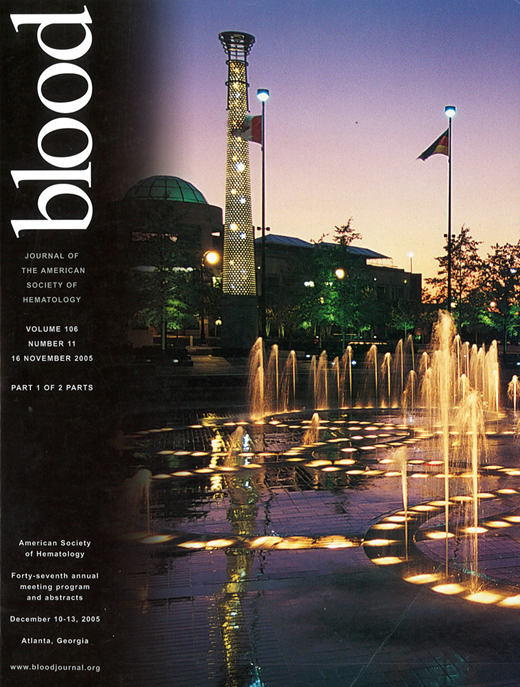Abstract
Transplantation of human leukemic cells into severe combined immunodeficiency (SCID) mice has been used to analyze developmental mechanisms of human leukemogenesis. Previous models, however, were limited in efficient or long-term engraftment of leukemia initiating cells. Here we report a new SCID model that supports highly efficient long-term engraftment of primary human acute myelogenous leukemia (AML) cells. We have established a novel immune-compromised mouse by backcrossing a complete null mutation of the common cytokine receptor g chain onto NOD-scid mice (NOD/SCID/IL2rgnull mice), and reported that normal human cord blood-derived hematopoietic stem cells efficiently engrafted in newborn NOD/SCID/IL2rgnull mice as compared to NOD/SCID/b2mnull mice (Ishikawa et al, Blood in press). Injection of 5x106 total bone marrow mononuclear cells from primary AML patients (FAB subtypes: M1, M2, M3, M4 and M7) into sublethally-irradiated newborn NOD/SCID/IL2rgnull mice, however, did not result in efficient engraftment of AML cells, while predominant proliferation of human CD4+ and CD8+ T cells was seen. These human T cells expressed CD45RO, and levels of human IFN-g in sera of the recipients significantly elevated, suggesting that human T cells were activated and inhibited the engraftment of human AML cells in the xenogeneic setting. We thus transplanted AML cells after T cell depletion. Strikingly, transplantation of 4x106 T cell-depleted AML bone marrow cells into neonatal NOD/SCID/IL2rgnull mice resulted in the efficient AML engraftment, whose levels were significantly higher than those in transplantation of the same number of T cell-depleted AML cells into NOD/SCID/b2mnull newborns or NOD/SCID/IL2rgnull adults. We also transplanted 103–104 hCD34+hCD38− bone marrow cells purified from AML patients. These low-doses of hCD34+hCD38− cells also successfully engrafted, progressively giving rise to hCD34+hCD38+ and hCD34− leukemic cells over 16 weeks. hCD34+hCD38− cells purified from the bone marrow of primary NOD/SCID/IL2rgnull recipients again reconstituted AML in secondary recipients, indicating that this system supports self-renewal capacity of AML stem cells within the hCD34+hCD38− fraction. Thus, the NOD/SCID/IL2rgnull newborn system provides a powerful model to study human leukemogenesis as well as the interaction between human T cells and AML cells in vivo.
Author notes
Corresponding author

